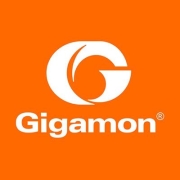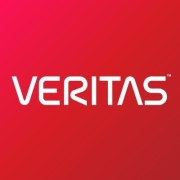Advanced Threat Protection (ATP) solutions are designed to prevent, detect, and respond to sophisticated cyber threats. These tools integrate with existing security systems to enhance protection and mitigate risk.
ATP provides a comprehensive defense mechanism against complex threats such as zero-day exploits and ransomware. It brings together cybersecurity technologies like sandboxing, machine learning, and behavioral analytics to understand and neutralize potential threats before they cause harm. Real-world insights indicate that ATP solutions are valuable for organizations seeking greater visibility and control over their security infrastructure.
What are the critical features of Advanced Threat Protection?In industries like finance and healthcare, ATP is crucial for safeguarding sensitive data. It provides specialized components that address industry-specific compliance and security needs. For example, finance companies utilize ATP to protect against fraud, while healthcare sectors use it to secure patient data.
Organizations need sophisticated protective measures to defend against advanced cyber threats. ATP solutions offer the necessary tools for improved security posture and resilience against these attacks. It helps strengthen the overall cybersecurity framework of an organization.

















































Typical security tools, like antivirus software and firewalls, rely on matching the signatures of known malware and blacklisting known threat sources. But these measures are not completely effective in stopping advanced persistent threats. These days, attackers use a variety of attack vectors and methods that can bypass traditional protection.
The cyber threat landscape has changed drastically in recent years. Most companies were faced with a sudden need to move to the cloud and manage remote workforces. This moved the perimeter to protect to the endpoints, which became the first line of defense for cybersecurity programs. It means endpoints require advanced security solutions to protect them.
ATP solutions provide this level of protection. They combine several next-generation security technologies to identify attacks early in their life cycles, which can actually break the attack chain and prevent further similar threats.
Advanced Threat Protection enhances email security by using intelligent algorithms to detect and neutralize threats like phishing and malware. When you implement ATP, emails are scanned in real-time for malicious content, and suspicious elements are quarantined without impacting the user's workflow. This proactive approach not only shields your organization from threats but also educates your team on email safety.
What role does ATP play in endpoint protection?ATP plays a crucial role in endpoint protection by providing continuous monitoring and real-time alerting of malicious activities. When an endpoint is compromised, ATP solutions utilize behavioral analytics to quickly identify unusual patterns, isolate threats, and mitigate potential breaches. This ensures that your endpoints remain secure and your data is protected against advanced cyber threats.
How can ATP integrate with existing security frameworks?Integration of ATP with existing security frameworks is seamless and enhances overall security posture. You can implement ATP as a layer within your security architecture, ensuring compatibility with SIEM systems and other security tools. By consolidating threat data across your network, ATP provides comprehensive insights, enabling a coordinated and efficient response to potential threats.
What is the importance of machine learning in ATP solutions?Machine learning is pivotal in ATP solutions as it allows for adaptive threat detection and response. When you leverage machine learning, ATP systems continuously learn from new threat data, evolving to identify and block novel threats effectively. This adaptability ensures that your security measures remain cutting-edge, providing robust protection against ever-changing cyber threats.
Can ATP help with regulatory compliance?ATP can significantly aid in regulatory compliance by providing detailed logging and reporting of security incidents. When you deploy ATP, it helps track and manage threats in compliance with regulations such as GDPR and HIPAA. The visibility and control ATP offers contribute to maintaining the integrity of your security infrastructure, supporting your organization's adherence to regulatory standards.